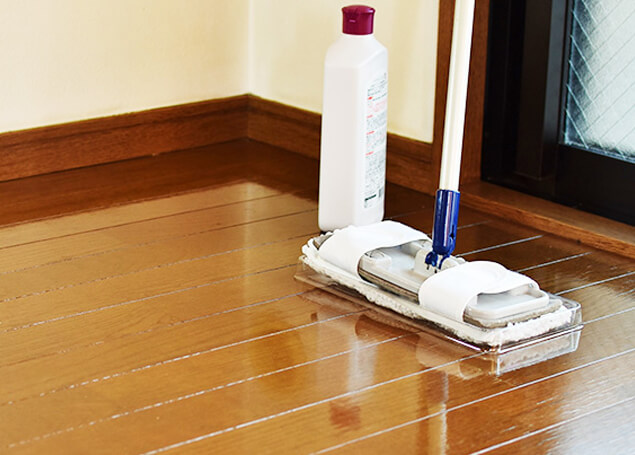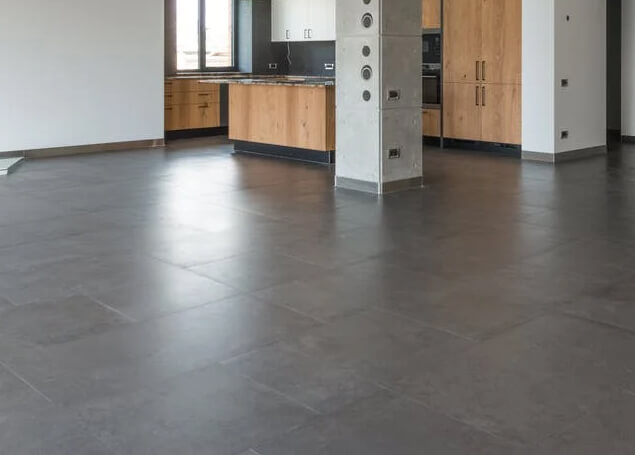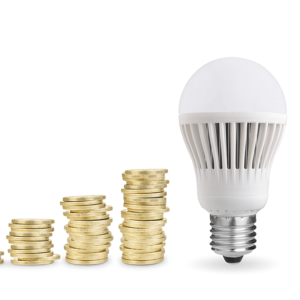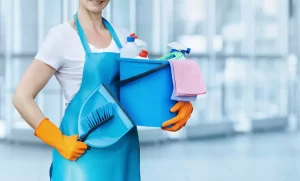Don’t get your knee pads and scrub brushes ready just yet. We have the easiest and safest solutions to maintain your laminate, tile, linoleum, or cork floors looking immaculate and new. For the finest floor cleaning and procedure for your specific type of flooring, follow these suggestions. Your entire property will appear immaculately clean with the foundations of each room shining.
Methods of floor cleaning
Different types of floors require different forms of treatment. Slipping is a regular concern when cleaning with water or other liquids, particularly if the floor is left damp.
On some floors, sawdust is utilized to absorb any spilled liquids rather than trying to prevent them from spilling. Every day, the sawdust is cleaned up and refilled. This was widespread in bars in the past, and certain butchers and fishmongers still use it now. Tea leaves were commonly used to absorb dirt from carpets and eliminate odors.
There are also a range of floor cleaning appliances on the market today, such as floor buffers, automatic floor scrubbers, and sweepers, and carpet extractors, that can deep clean practically any sort of hard or carpeted flooring surface in far less time than traditional cleaning methods.
Wood flooring

Depending on whether the wood is waxed, oiled, or coated with polyurethane, different types of wood flooring may require completely different maintenance. It’s critical to identify the type of finish on a wood floor and treat it properly; for example, it’s impossible to remove wood floor wax from a polyurethane-coated floor. Cleaning instructions are simple:
- Remove any easily moved furniture off the floor.
- All loose dirt and debris should be swept or vacuumed.
- Mop the floor in the direction of the grain. Dampen a mop with water and a few drops of dishwashing liquid to clean a polyurethane-coated floor. Before using the mop on the floor, make sure it is completely dry. Back and forth with the mop, following the grain of the wood in smooth strokes. Water should not be used on lacquered or shellacked floors because it will discolor the wood and cause it to buckle.
- To eliminate any soapy residue, buff the floor with a soft cloth. Because they are soft and absorbent, cloth diapers are ideal for polishing.
Tile and stone

Kitchens, stairwells, and bathrooms all have tile and stone flooring. Its cleaning procedure can be broken down into three parts:
- Using a vacuum cleaner or a broom, remove any dirt or dust first.
- For the appropriate floor, have a floor cleaning solution or a spray bottle on hand. If you’re cleaning stone floors (marble, granite, travertine, and so on), be sure the cleaning agent says it’s for stone floors. Ceramic and porcelain floors can be cleaned with an acidic tile cleaning solution.
- Use a mop to clean and scour the tile or stone floors after spraying them in a small area. Then, using a dry cloth, clean it down.
Vinyl composition tile

VCT, or vinyl composition tile, is a popular commercial flooring option. A mop and bucket or a floor scrubber can be used to clean this sort of floor. To protect VCT, it needs a polymer coating or a floor finish. Dust mopping and wet cleaning are required to keep this area clean (i.e. wet mopping or floor scrubber).
Floor cleaning types
Cleaning a Hardwood Floor

Polyurethane or wax is the most common finish for hardwood floors. Are you unsure of where you’re standing? We recommend that if there is a smudge on the floor, it has most likely been waxed.
A urethane, polyurethane, or polyacrylic coating is usually applied on sealed wood floors. This protects them from stains and water damage. To clean, fill a bucket halfway with water and a quarter cup of mild or pH-neutral soap. Then take a microfiber mop like the Libman Wonder Mop to make quick work of the job. It’s simple to wring out, which makes it great for hardwood floors that require only light dampness (not soaking). Plus, your floor will dry faster as a result, so you won’t have to wait as long to return to the kitchen or living room. Mop once a month in less-trafficked areas and once a week in high-traffic areas like the kitchen.
You’re kind of off the hook if you have waxed wood flooring. Because even small amounts of water can damage this type of flooring, avoid using damp mops on it and instead sweep dust mop, or vacuum it on a regular basis.
Cleaning Laminate Flooring

Your laminate may seem like hardwood planks or real stone tile, but it still requires laminate maintenance. However, it’s critical to keep water out from beneath the planks. We suggest dry mopping or vacuuming the floor and setting the machine to tile mode (rather than carpet) to increase the beater bar. When required, spot-clean with a slightly moist mop. The final piece of advice is to never polish a laminate floor. If a plank’s finish appears to be damaged, it’s better to replace it.
Cleaning a Cork Floor

The porosity of this natural substance, which makes it so appealing, also makes it vulnerable to water damage. Most cork flooring is sealed since it is so absorbent, but you should still approach it with caution. Also, we recommend vacuuming frequently to avoid scratching, wiping up spills immediately, and washing cork flooring once a week.
We recommend using a vinegar-and-soapy-water combination instead of commercial cleaning products: In a spray bottle, combine 1/4 cup vinegar, 1 drop of dish soap, and warm water. Natural acidic vinegar breaks down grime, cuts through the build-up, and disinfects when used with soap. Instead of shaking the solution (which would cause suds), gently rock the spray bottle back and forth to blend the ingredients. Spray each region of the floor separately and wipe with a damp microfiber mop as you go.
Cleaning a Linoleum Floor

We’re not talking about vinyl flooring that’s practically indestructible (see the next section for tips on cleaning that surface). Linoleum is a type of flooring that is manufactured from linseed oil, resin, limestone, wood fiber, and cork dust and is tinted with mineral colors. We recommend treating this robust, natural flooring like a cork: Mix a few drops of dish soap with hot water in a spray bottle, then spritz a portion of the floor at a time and wipe with a damp microfiber mop. The floor should dry almost soon, but if it seems a little sticky, simply wipe it down with a clean, damp microfiber mop or towel.
Cleaning Porcelain Tile Flooring

Use and dry mop technique to keep tile floors looking new on a weekly basis: In a 16-ounce spray bottle, combine 1/4 cup vinegar, 1 drop of dish soap, and warm water. Spray each region of the floor separately and wipe with a damp microfiber mop as you go. She prefers to clean both tile and grout with a steam cleaner on a regular basis—the steam performs the work of eliminating stains (and bacteria! ), so you don’t feel like you’re getting an additional exercise right in your kitchen.
Also Read:
Keeping the House Clean: 10 Tips for keeping your home always clean
Kitchen problems: 10 common kitchen problems you need to solve






